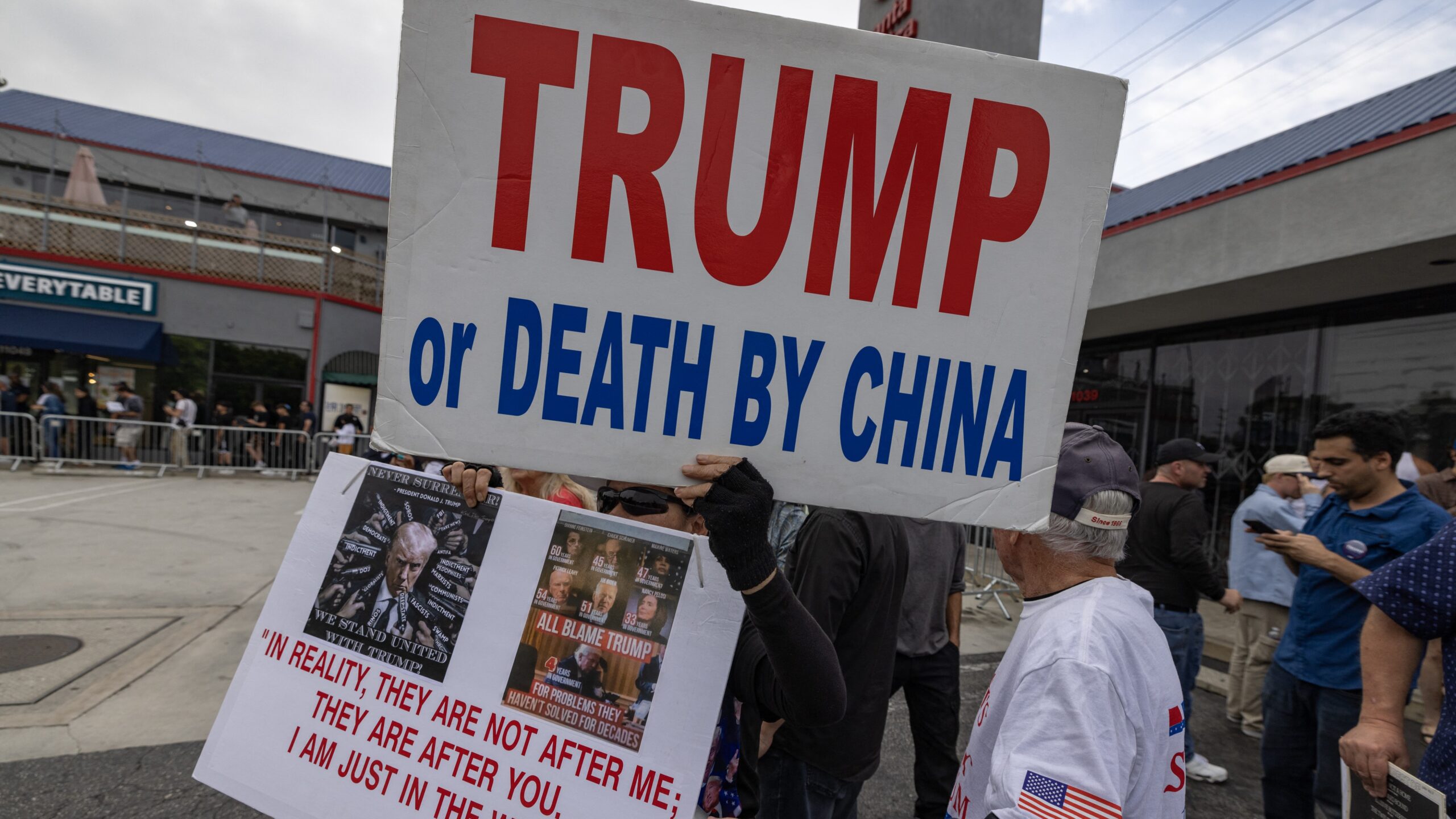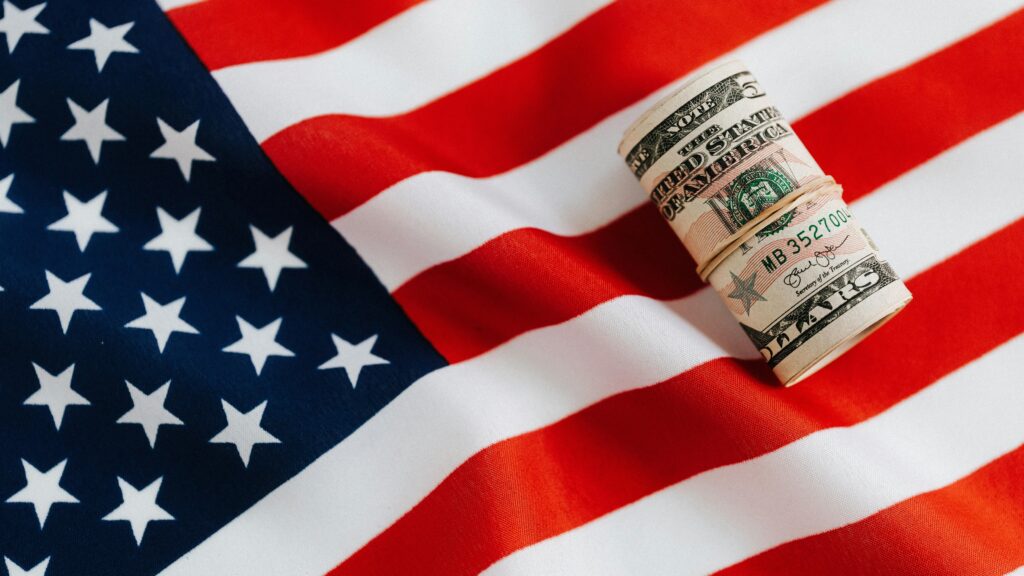Donald Trump has long and properly accused the Chinese of unfair trading practices and intellectual property theft. He promised, if re-elected, that he would combat them by imposing a 60 per cent tariff on all goods from China (and a tariff of up to 20 per cent on everything else imported from other countries), thereby bringing tariffs to their highest level since the 1930s.
When in office, Trump had resorted to tariffs as a tool of economic leverage in order to extract new trade deals from China (and other countries). He effectively launched a trade war against Beijing by slapping a 25 per cent tariff on Chinese imported steel, aluminum, washing machines, solar panels, and other goods, which amounted to more than $380 billion. The Biden administration, viewing this as a potential spark to the U.S. economy, decided to keep most of these tariffs in place, and in May 2024 the president announced further hikes on an additional $18 billion of Chinese goods, including semiconductors and electric vehicles, for an additional tax increase of $3.6 billion.
Many economists, however, remain unconvinced that Trump’s proposal will bring the necessary boom to the economy, especially since tariffs have had unintended side effects, like making domestic industries less efficient and innovative by reducing competition. They have also hurt domestic consumers, since a lack of competition tends to push up prices as well as generate tensions by favoring certain industries, or geographic regions, over others.
What Is a Tariff?
A tariff is a tax imposed by one country on the goods and services imported from another country to influence their influx, raise revenues, or protect competitive advantages. Tariffs are used to restrict imports by increasing the price of goods and services purchased from another country, making them less attractive to domestic consumers. For example, a specific tariff is levied as a fixed fee based on the type of item, such as a 10 per cent tax on a car. If a car imported to the U.S. is valued to be $50,000, the charge of a 10 per cent tariff—$5,000—is physically paid by the domestic company that imports the goods, not the foreign company that exports them.
A Brief History of Tariffs in the U.S.
When the United States of America won its independence, the nascent government understood that without the power to tax, it would not be able to afford to operate, raise an army, or create jobs. Hence, at the behest of the first U.S. Secretary of the Treasury Alexander Hamilton, Congress passed the Tariff Act of 1789. Its goal was two-fold: to promote trade and to raise revenue for the federal government. Hamilton held that the Act was fundamental to both safeguard the burgeoning American manufacturing sector from foreign competition and promote industrial growth over the long term. The Act went on to provide as much as 95 per cent of the revenue, subsequently making America economically independent from the mother country England.
Tariffs fell out of use when Congress, under President Woodrow Wilson, ratified the 16th Amendment in 1913, which adopted the federal income tax. The U.S. no longer needed tariffs to fund the federal government nor to protect its industry from foreign competition.
In the wake of the Crash of 1929, in order to shelter American farmers from the economic downturn, President Herbert Hoover signed into law the Smoot–Hawley Tariff Act in 1930, which raised import duties by an average of 20 per cent. European countries promptly retaliated with tariffs of their own, thus causing a trade war as trade drastically declined.
In 1963, in what became known as the Chicken Tax or the Chicken War, the six member nations of the Common Market—France, West Germany, Italy, Belgium, the Netherlands, and Luxembourg—began to accuse the U.S. of trying to force their local chicken producers out of business by cornering the market for chickens. They reacted by raising their common outer tariff on poultry to 13.43 cents a pound. In Germany, the biggest market for U.S. chicken exports, the tariff had been 4.8 cents a pound. The new tariff effectively wiped out the price advantage of American poultry raisers, and their exports began plummeting from the beginning of 1963. President Lyndon B. Johnson retaliated with a 25 per cent trade tariff on brandy, dextrin, potato starch, and light trucks imported into the U.S. Tariffs had found a new, albeit temporary, use in America.
Do Tariffs Work Today?
Many experts sustain that tariffs hurt more industries than they help, since consumers pay the bulk of tariff costs, thus tarrifs end up impoverishing them, since they are unable to meet the higher prices for goods. This is because individuals with limited financial means, who typically spend a higher percentage of their income on basic necessities, may bear a heavier burden. In the end, tariffs are a tax, which importers usually try to pass on to their customers.
Small businesses, specifically those that depend on imported materials subject to tariffs, can be negatively affected, too. This is because they normally face notable challenges; their constraints compared to larger companies are altogether different. Such restrictions are not merely limited to the amount of money they are capable of making but as to how much of a say they have to influence policies.
In addition, higher tariffs can impede a developing country’s integration into the global economy, limit its access to international markets, and potentially hinder its economic growth. Those with less resources may not have the ability to purchase certain goods for consumption.
‘In the end, tariffs are a tax, which importers usually try to pass on to their customers’
Trump’s tariffs harmed consumers greatly and equaled one of the largest U.S. tax increases in decades. They also lowered the real income of American workers and reduced gross domestic product (GDP) growth, while increasing the deficit.
In 2016, just before Trump took office, the total goods and services deficit was $480 billion, around 2.5 per cent of U.S. GDP. By 2020, it had grown to $653 billion, around 3 per cent of the GDP, despite his tariffs. Economists explain that Trump’s tariffs increased the international relative value of the U.S. dollar (by automatically reducing demand for foreign currencies in international trade), and that this made the products of U.S. exporters less competitive globally. Also during his term in office, the European Union imposed retaliatory tariffs on everything from U.S. corn to Harley–Davidson motorcycles. China reduced purchases of food products made in the Midwest, leading the Trump administration to approve a $30 billion bailout for farmers. That preceded a China–U.S. trade deal, but there is no guarantee a similar resolution could be reached again.
That tariffs are instrumental to trade in the modern global economy is not disputed, and they may well serve their stated purpose. Yet their negative consequences can be detrimental. As the United States purchases fewer goods from China and Europe, they, in turn, could buy fewer Treasury bonds, which would cause yields to increase on long-term U.S. government debt; American consumers would naturally feel the impact with higher mortgage rates. The U.S. has dramatically evolved—and so has the world—since its founding, when tariffs were the only source of revenue for the federal government. Despite the higher costs falling on American consumers and the harms to U.S. employment and production, especially in the manufacturing sector, both the Trump campaign and the Biden–Harris administration have continued to defend the trade war tariffs. And there is no reason to question that the consequences of even higher tariffs from a potential second Trump administration would be any different in terms of where the economic burden would fall.
The views expressed by our guest authors are theirs and do not necessarily represent the views of Hungarian Conservative.
Read more from the same author:







